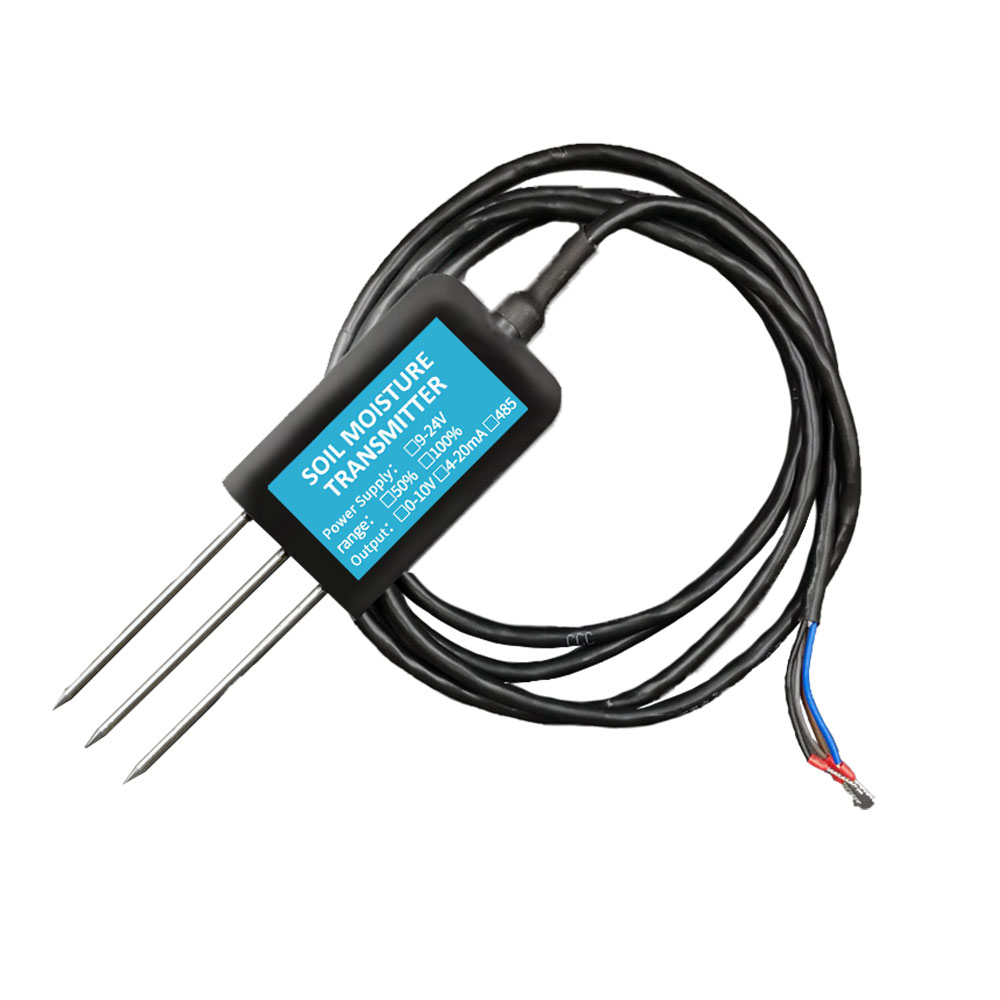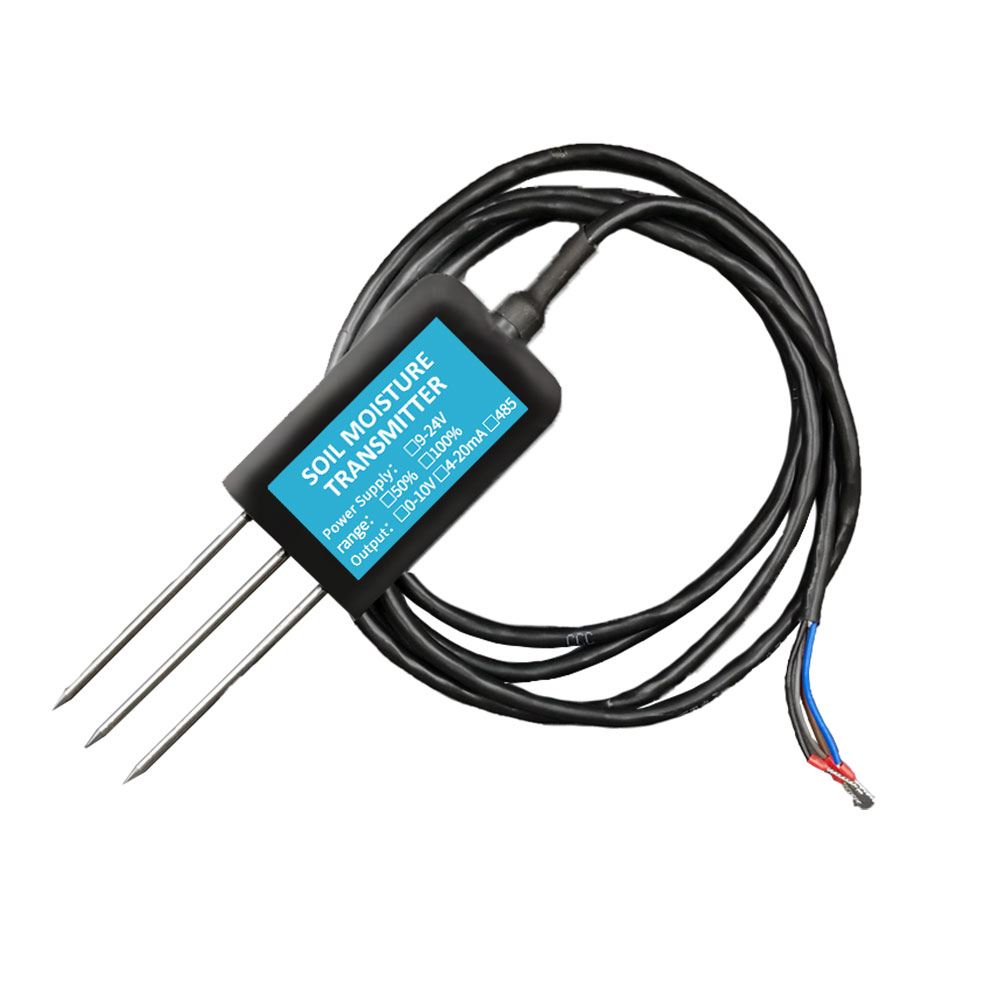In recent years, the agricultural industry has witnessed a significant transformation with the advent of advanced technologies. One such technology that is revolutionizing agriculture is the use of soil sensors. These small but powerful devices have the ability to monitor and analyze soil conditions, providing farmers with valuable insights into the optimal growth conditions for their crops. In this article, we will explore how soil sensors are transforming agriculture and enabling optimal crop growth.
Understanding Soil Sensors:
Soil sensors are sophisticated devices that are designed to measure various parameters of the soil, including moisture levels, temperature, nutrient content, and pH balance. They are typically placed at different depths in the soil to provide a comprehensive understanding of the soil conditions. The sensors collect data and transmit it wirelessly to a central monitoring system or directly to the farmer's mobile device. This real-time data allows farmers to make informed decisions about irrigation, fertilization, and other agricultural practices.

The Role of Soil Sensors in Optimal Crop Growth:
a. Irrigation Management: One of the key factors influencing crop growth is proper irrigation. Soil sensors enable farmers to determine the moisture content in the soil accurately. By monitoring the moisture levels, farmers can ensure that their crops receive the right amount of water. Over-irrigation can lead to waterlogging and nutrient leaching, while under-irrigation can cause drought stress. With soil sensors, farmers can precisely optimize their irrigation schedules based on actual soil moisture data, resulting in enhanced water efficiency and improved crop health.
b. Nutrient Management: Soil nutrient levels play a vital role in determining crop health and productivity. Soil sensors provide data on the nutrient content in the soil, allowing farmers to adjust their fertilizer application accordingly. By accurately measuring nutrient levels, farmers can avoid over-fertilization, which can lead to environmental pollution, and under-fertilization, which can hinder crop growth. Soil sensors enable farmers to implement precision agriculture techniques and ensure that their crops receive the right nutrients at the right time.
c. pH Balance Monitoring: Soil pH is an essential factor that affects nutrient availability to plants. Different crops thrive under specific pH conditions. Soil sensors measure the pH level of the soil, enabling farmers to adjust it if necessary. By maintaining the optimal pH balance, farmers can ensure that their crops can absorb nutrients efficiently, leading to improved growth and higher yields.
Benefits of Soil Sensors in Agriculture:
a. Increased Efficiency: Soil sensors provide farmers with accurate, real-time data on soil conditions, eliminating the guesswork involved in agricultural practices. This data-driven approach allows farmers to make precise decisions regarding irrigation, fertilization, and other activities, resulting in increased efficiency and reduced resource wastage.
b. Enhanced Crop Quality and Yield: By optimizing irrigation, nutrient levels, and pH balance, soil sensors contribute to better crop quality and increased yields. Crops receiving the ideal growing conditions are healthier, more resistant to pests and diseases, and produce higher-quality harvests.
c. Water Conservation: Water scarcity is a significant concern in agriculture. Soil sensors help farmers conserve water by ensuring that irrigation is applied only when necessary. With accurate soil moisture data, farmers can avoid over-irrigation, reducing water wastage and alleviating the strain on water resources.
d. Cost Savings: Precise irrigation and nutrient management facilitated by soil sensors can lead to cost savings for farmers. By eliminating unnecessary water and fertilizer usage, farmers can reduce their expenses and improve overall profitability. Additionally, the improved crop yields resulting from optimal growth conditions translate into increased profits.
e. Environmental Sustainability: Soil sensors promote more sustainable agricultural practices. By accurately assessing soil conditions and applying inputs only when needed, farmers can minimize the environmental impact of their operations. Reduced fertilizer usage also helps prevent nutrient runoff, protecting water bodies and maintaining ecosystem balance.
Challenges and Future Developments:
Despite their numerous benefits, the use of soil sensors in agriculture still faces some challenges and offers opportunities for further development:
a. Cost and Accessibility: The initial investment required for purchasing soil sensors and setting up monitoring systems can be a barrier for some farmers, particularly those with limited financial resources. Efforts should be made to make these technologies more affordable and accessible to small-scale farmers through government support and incentives.






